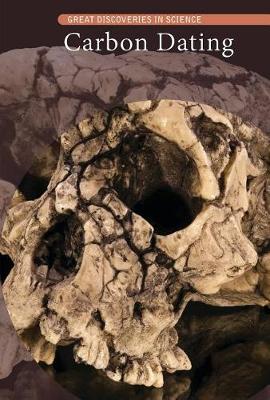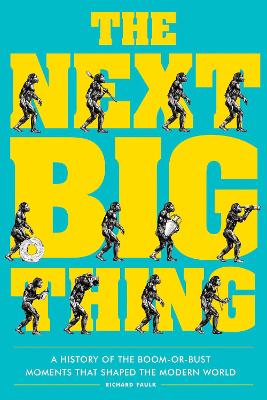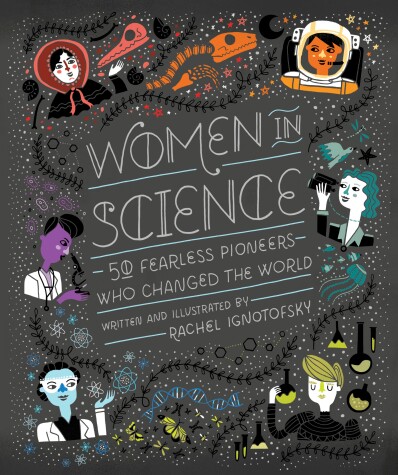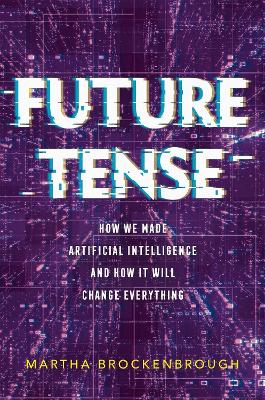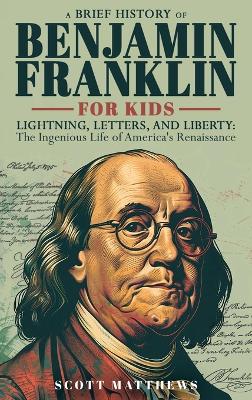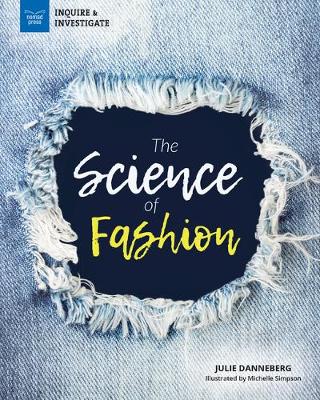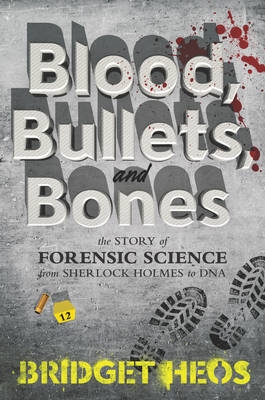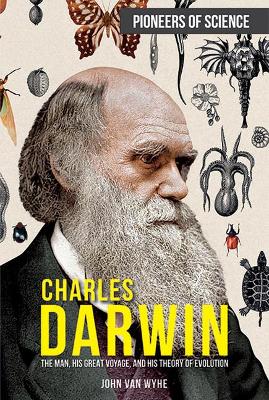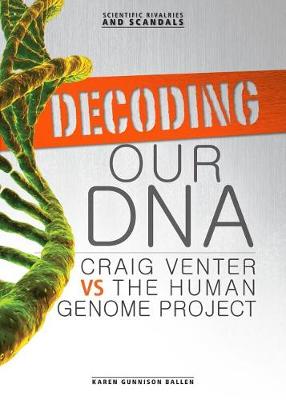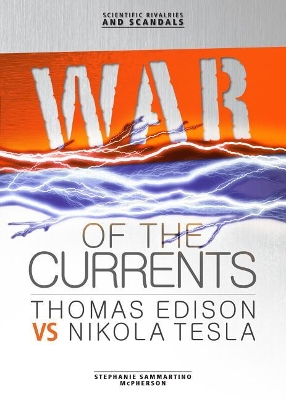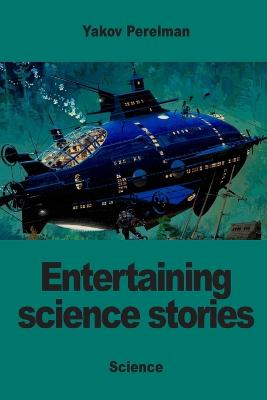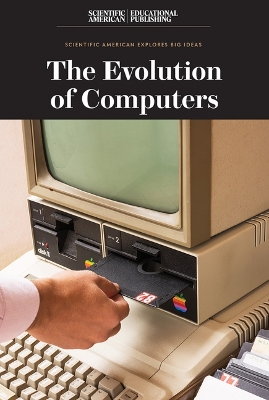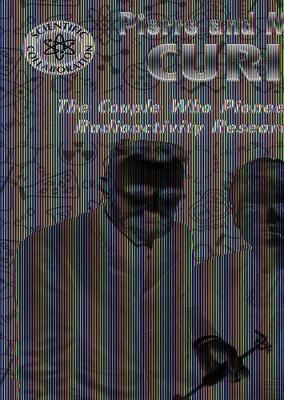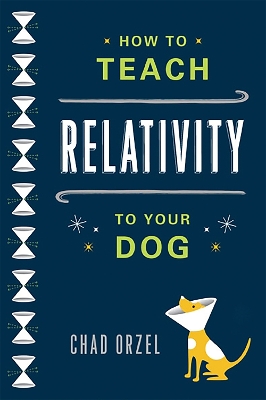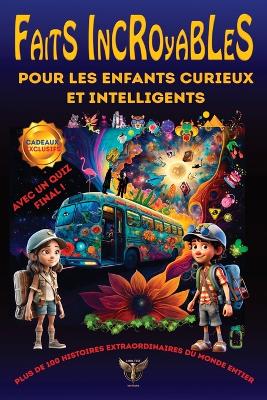Carbon Dating (Great Discoveries in Science)
by Kaitlyn Duling
We are always hearing about the Next Big Thing. Whether it is a new iPhone or the New World, the freshest and newest inventions, discoveries, and fads loom large in the public mind. The impact that everyone thinks these "next big things" will have is often more important than the actual impact it generates. After all, if it fails, it will be almost immediately forgotten. The Next Big Thing searches through 3,000 years of Western culture to find the colorful and key steps (and missteps) that led...
Core Concepts: Biology (Second Edition): Set 1 (Core Concepts (Second Edition))
by Anne Wanjie
James Watson, Francis Crick, Rosalind Franklin, and Maurice Wilkins (Scientific Collaboration)
by Audrey Borus
Discovering Quantum Mechanics (Scientist's Guide to Physics)
by Gina Hagler
NEW YORK TIMES BESTSELLER • This “wittily illustrated [and] accessible volume” (The Wall Street Journal) highlights the contributions of fifty notable women to the fields of science, technology, engineering, and mathematics (STEM) from the ancient to the modern world. “The must-read, girl-power STEM book.”—InStyle It’s a scientific fact: Women rock! This fascinating, educational collection features 50 illustrated portraits of trailblazing women in STEM throughout history. Full of striking,...
Human history has always been shaped by technology, but AI is like no technology that has come before it. Unlike the wheel, combustion engines, or electricity, AI does the thing that humans do best: think. AI has defeated players at games like chess. It can create art and music. It’s even allowed grieving people to feel as though they were talking with dead loved ones. It's also put innocent people in jail, manipulated the emotions of social media users, and tricked people into believing untrue...
A Brief History of Ben Franklin for Kids - Lightning, Letters, and Liberty
by Scott Matthews
In the mid- to late-nineteenth century, a burgeoning science called electricity promised to shine new light on a rousing nation. Inventive and ambitious minds were hard at work. Soon that spark was fanned, and a fiery war was under way to be the first to light - and run - the world with electricity. Thomas Alva Edison, the inventor of direct current (DC), engaged in a brutal battle with Nikola Tesla and George Westinghouse, the inventors of alternating current (AC). There would be no ties in thi...
Blood, Bullets, and Bones provides young readers with a fresh and fascinating look at the ever-evolving science of forensics. Since the introduction of DNA testing, forensic science has been in the forefront of the public's imagination, thanks especially to popular television shows like CSI: Crime Scene Investigation. But forensic analysis has been practiced for thousands of years. Ancient Chinese detectives studied dead bodies for signs of foul play, and in Victorian England, officials used cr...
Decoding Our DNA (Scientific Rivalries and Scandals)
by Karen G Ballen
War of the Currents (Scientific Rivalries)
by Stephanie Sammartino McPherson
The Evolution of Computers (Scientific American Explores Big Ideas)
Pierre and Marie Curie (Scientific Collaboration)
by Lisa Idzikowski
Discovering the Nature of Gravity (Scientist's Guide to Physics)
by Kristi Holl
A Story of Medicine in 50 Discoveries (History in 50, #0)
by Marguerite Vigliani, M. D. and Gale Eaton
The 5,000-year-old Iceman discovered frozen in the Alps may have treated his gallstones, Lyme disease, and hardening of the arteries with the 61 tattoos that covered his body—most of which matched acupuncture points—and the walnut-sized pieces of fungus he carried on his belt. The herbal medicines chamomile and yarrow have been found on 50,000-year-old teeth, and neatly bored holes in prehistoric skulls show that Neolithic surgeons relieved pressure on the brain (or attempted to release evil spi...
They say you can't teach an old dog new tricks. But what about relativity? Physics professor Chad Orzel and his inquisitive canine companion, Emmy, tackle the concepts of general relativity in this irresistible introduction to Einstein's physics. Through armchair- and sometimes passenger-seat- conversations with Emmy about the relative speeds of dog and cat motion or the logistics of squirrel-chasing, Orzel translates complex Einsteinian ideas- the slowing of time for a moving observer, the shri...
Faits Incroyables pour les Enfants Curieux et Intelligents
by Lmbl Test Institute
Science of the Middle Ages (Timelines in Science)
by Craig Boutland
From the Late 1800s to the Early 1900s: Ferdinand Von Zeppelin to Reginald Fessenden (History's Most Influential Inventors)

